Meet Brandon — The Mind Behind Small World Miniatures
- Brandon

- Aug 18
- 8 min read

Brandon is an interior designer turned miniature world–builder who never quite outgrew the joy of tiny doors, perfect little windows, and cities that fit on a kitchen table. He studied Interior Design at the Art Institute in Orange County, California, where space planning, materials, and light became his native language. But his love affair with small-scale design started long before studio critiques and drafting boards—back when he was a kid pouring concrete into LEGO forms to get perfect concrete structural pieces, experimenting with wood offcuts, and learning how glass catches the light in a way that turns a model into a place.
From Kitchen-Table Blueprints to Tiny Town
As a child, Brandon wasn’t building toys—he was building cities. He taught himself to work with concrete, wood, and glass to construct elaborate miniature buildings that felt sturdy enough to live in and whimsical enough to dream about. That maker’s DNA carried forward into bigger (and smaller!) projects, including a large 1:12 scale brick house created for Colorado’s beloved miniature theme park, Tiny Town in Morrison. It’s the kind of piece that makes visitors lean in, smile, and wonder who might be home behind that little red door.
A Pacific Heights Dollhouse for His Niece

Brandon’s most sentimental build began with a walk through San Francisco’s Pacific Heights—towering bay windows, crisp cornices, and a stoop that practically begged for a tiny doormat. He took a standard dollhouse kit and kit-bashed it into a one-of-a-kind Victorian townhouse, designed as a gift for his niece.
The exterior swaps the stock facade for taller bay stacks, a deeper crown with chunky brackets, and a hand-carved entry arch. A brick stoop and a little monogram plaque finish the welcome—because every proper city house needs initials.
Inside, the house glows like the Golden City at dusk. Brandon tucked LED ribbon lighting behind the crown molding, so each room reads with soft, architectural wash—no harsh hotspots, just atmosphere. He re-skinned the walls with layered paneling and period trims, then played with texture: embossed “tin” panels, damask, glittering accent walls, and high-gloss floors that mirror the light. Peek into the parlor and you’ll spot those slender pilasters and raised panels; turn the corner and a black-and-white tiled threshold hints at a glamorous bath beyond.
The nursery level is pure joy: cloud wallpaper and cheerful, three-dimensional toys marching along the wainscot, all lit by a warm cove. Across the landing, a blossom-pink room carries a cherry-branch relief—each flower individually set—while an ocean-blue paneled wall upstairs nods to the Pacific just a few blocks from the real house that inspired it. From outside, those tall windows frame the interiors like little stage sets; at night the whole facade reads like a glowing row house on a steep San Francisco street.
Design, Story, and a Dash of Movie Magic
When he isn’t sketching facades or fussing over the patina on a microscopic doorknob, Brandon is building with LEGO—and occasionally writing, animating, and voice acting entire LEGO animation movies that now live on YouTube. Those films share the same spirit as his models: playful, cinematic, and carefully crafted. Each story is told through composition, texture, and light—skills he honed in interior design and transports into every miniature scene.
Why Brandon Founded Small World Miniatures
Brandon started Small World Miniatures to celebrate the art of miniatures and to invite others into the creative process. He believes the tiny can be monumental, and that big ideas often fit best in the palm of your hand. Thanks to the magic of AI image generation, Brandon can now take the wild, beautiful ideas that pop into his imagination and bring them to life with unprecedented speed and fidelity. He meticulously imagines every model you see on the site and then translates that vision into detailed prompts—architectural notes, materials, lighting direction, even the “weather” for the day of the shoot.

What you’ll find on the site is the full creative arc: a compelling image, a playful fictional backstory, and then a pragmatic, step-by-step guide showing how you can recreate the model in physical form. Each post also connects the design to its real-world influences—architects, movements, and makers—so you can trace the style DNA from the big world to the small.
From Renderings to Realms: Brandon’s Career in 3D
Brandon’s career took off the day an interior-design talent scout sat in on his portfolio presentation and did a double take. His photorealistic 3D renderings—light bouncing correctly off tile, steam curling over a pool, wood grain reading at scale—didn’t just show spaces; they told stories designers and clients could step into. The scout hired him on the spot to produce renderings for a firm that designed and built high‑end resort spas around the world. For several years he worked alongside interior designers and architects, translating sketches and specs into images precise enough to win approvals and guide construction.
Eventually Brandon went freelance, partnering with studios as a go‑to visualizer. That iterative loop—concept, material, lighting pass, revision—made AI image generation feel like a natural evolution. The tools are new, but the habits are the same: ask better questions, light with intention, and refine until the scene breathes.
Freelance life also led to a stint with Microsoft in Boulder, Colorado, where Brandon helped implement Bing Maps. Thinking at the scale of cities sharpened his sense of terrain, texture, and navigation—skills he still brings to miniature master plans.
These days, some of his world‑building lives on YouTube, where he crafts 3D realms in video games for a loyal audience—some built with LEGO, others in Minecraft and kindred sandboxes. It’s the same creative throughline: take an imagined place, give it physics, light, and character, then invite people in.
World Traveler, World Builder
Brandon’s design eye was forged on the road. He spent six months traveling across Japan—Osaka to Hiroshima to Kyoto to Tokyo—soaking up tatami proportions, machiya facades, and the poetry of shoji light. Those rhythms show up in his miniatures as careful eave lines, crisp joinery, and quiet, lived-in palettes. He also lived a year in Brussels, Belgium, where he fell head-over-heels for Art Nouveau—whiplash curves, stained glass, and wrought-iron botanicals now thread through a lot of his work.
He’s wandered through many countries, collecting textures the way others collect postcards: a tile pattern from a café floor, a colorway from a market stall, a facade detail from a back street. Culture, art, design, and food all feed the same creative pantry—and when Brandon sits down to build, those memories become materials.
Wherever he goes, his LEGO minifigure Sheila (star of his YouTube series) tags along as the unofficial travel mascot—snapped at the Great Pyramid in Egypt, riding a camel in Dubai, and standing outside Buckingham Palace. Think of her as the pocket-sized reminder that play and wonder belong in every scale.
Big-World Design: Upcycling, DIY & Holiday Crafting
When Brandon isn’t dreaming in 1:12, he’s elbow-deep in the full-scale stuff—rescued furniture, fresh trim, and festive glue-gun glory. He loves giving old pieces a second life: stripping back tired finishes, layering paint and stain, swapping hardware for warm brass, even re-upholstering with remnant fabrics and salvaged wood. At home, he went all-in on DIY—he wainscoted his entire condo and tiled the kitchen himself—because proportion, shadow lines, and material honesty matter just as much at 1:1 as they do in miniature. Come the holidays, his craft table turns into mission control: hand-cut garlands, paper villages, tiny wreaths, and ornament experiments that turn scraps into sparkle. That big-world practice feeds the small-world magic; the profiles he routes for wainscot become reference for miniature paneling, and tile patterns he lays underfoot often reappear—scaled down and story-ready—in his models.
Brandon’s quick approach
Look for bones, not buzz: solid frames, real wood, fixable joints.
Edit like a designer: simplify lines, unify hardware, keep one “hero” texture.
Finish thoughtfully: soap finish, hardwax oil, chalk paint, or shellac for warmth; keep wear believable.
Sustainable by design: reuse materials, source deadstock fabric, repair > replace.
Safety first: test for lead paint, wear PPE, ventilate when stripping or spraying.
In other words, the same rules that guide his miniatures—proportion, light, and story—guide his upcycles, too. The result: pieces that feel contemporary, character-rich, and ready for another chapter.
AI Image Generation: Brandon’s Holodeck
Brandon loves AI image generation—not because it replaces hand-built miniatures (nothing beats basswood shavings on the cutting mat or the smell of drying paint), but because it unlocks an unprecedented playground for imagining what could be built in real life. In this sandbox he can test compositions, materials, lighting, and stories at warp speed, then choose the versions that translate best to 1:12. It’s creative R&D, not a substitute for craft—his sketchbook made infinite.
Tech-curious since his first Macintosh Cube in 2000, Brandon has always blended design with gadgets. A lifelong Star Trek and sci‑fi fan, he thinks of today’s AI tools as a pocket Holodeck: describe a world, step inside, and start sketching—safety protocols on.

Practically, that means prompt-writing like a design brief: scale and joinery, finishes and patina, era references and lighting notes. He iterates, builds mood boards, and tags the concepts that are physically achievable. If you see it on the blog, you’ll also find the maker’s path to turn that vision into wood, resin, and LEDs.
The Process: How a Tiny World Comes to Life
Imagination Spark – A detail—a Victorian bay window, a Deco fireplace surround, an impossible sky—catches Brandon’s eye.
Design Language – He defines the palette: materials, scale, joinery, light sources, and textures that communicate character.
AI-Assisted Concepting – Brandon crafts layered, highly specific prompts to generate imagery that matches his vision, iterating until the architecture, atmosphere, and story align.
World-Building – He assigns each model a fictional history, inhabitants, and “lived-in” details that turn scenes into narratives.
Maker’s Guide – Finally, he writes a practical build tutorial, translating the concept into cut lists, weathering techniques, lighting tips, and material swaps for real-life miniature makers.
What Makes Brandon’s Worlds Different
Interior Designer’s Eye: Proportion, sightlines, and circulation are treated as seriously at 1:12 as they are at 1:1.
Material Honesty: Concrete looks like concrete; wood grain reads at scale; glass catches light the way glass should.
Story-First Design: Every hinge, cornice, and lamp has a narrative job to do.
Open-Handed Teaching: Each post is part gallery, part workshop, part treasure hunt for hidden details.
A Note on Craft and Community
Small World Miniatures is built for the curious: seasoned miniaturists, architecture buffs, LEGO storytellers, and anyone who loves the uncanny thrill of scale. Brandon shares behind-the-scenes photos (including that brick house for Tiny Town), prompt-writing insights, and design breakdowns so you can pick up new tricks—or share your own. The comment section and hashtag #smallworldminiatures are where much of the magic happens: questions get answered, techniques get refined, and new collaborations begin.
What You’ll See Here
Original Miniature Concepts imagined and art-directed by Brandon.
AI-Generated Visuals that capture the mood, composition, and materiality of each idea.
Fictional Backstories that give every build a heartbeat.
Detailed Build Guides with materials, tools, paint mixes, lighting setups, and weathering tricks.
Design Lineage connecting each piece to real-world movements and artists so you can learn while you build.
An Invitation
If you’re here, you probably believe—like Brandon—that the smallest spaces hold the biggest wonders. Dive into the blog, try a tutorial, leave a comment, and show us what you build. Whether you’re scratch-building in basswood, filming your own LEGO epic, or experimenting with AI prompts, we’re glad you’re part of this world.
Welcome to Small World Miniatures—where imagination gets the blueprint it deserves, one tiny door at a time.










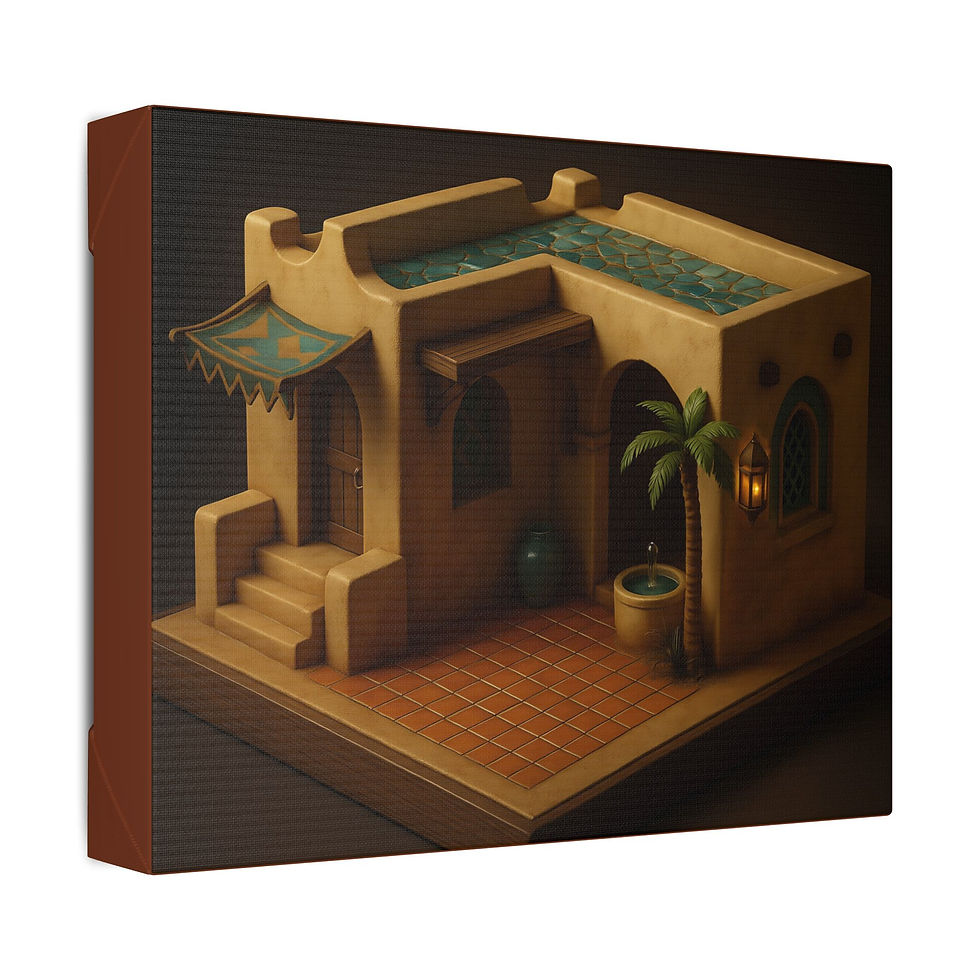








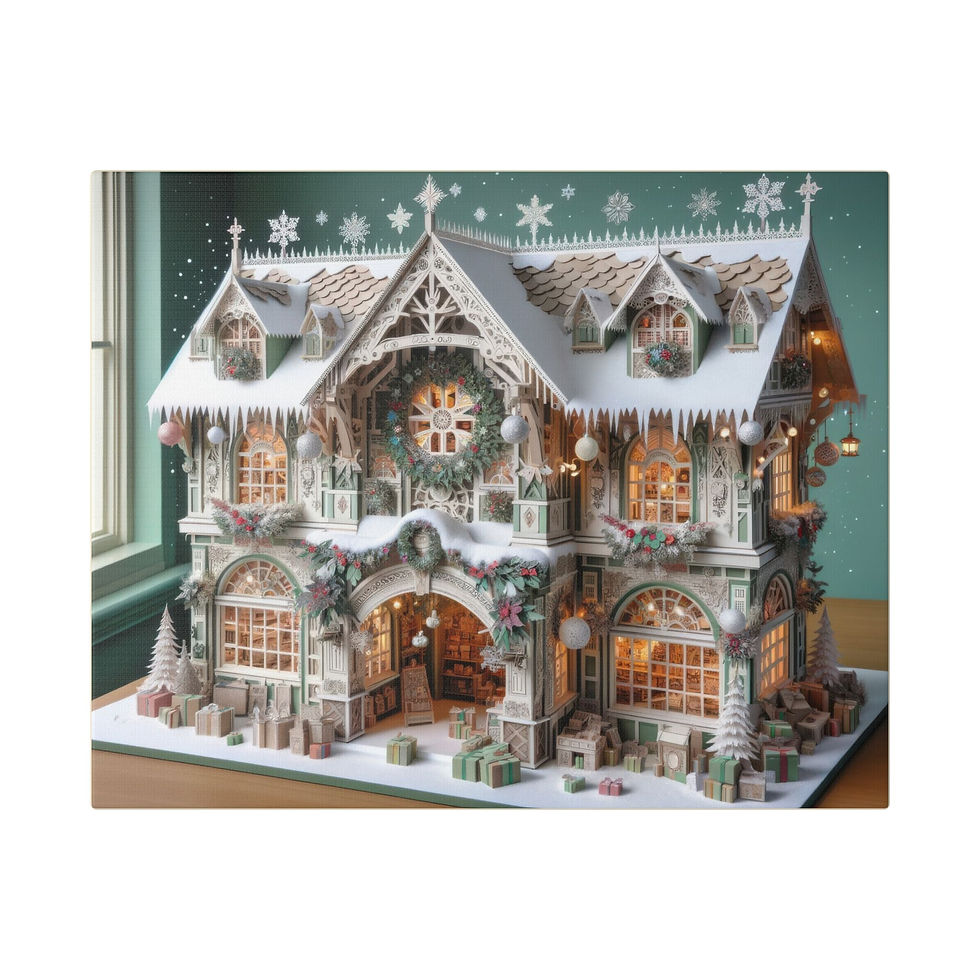







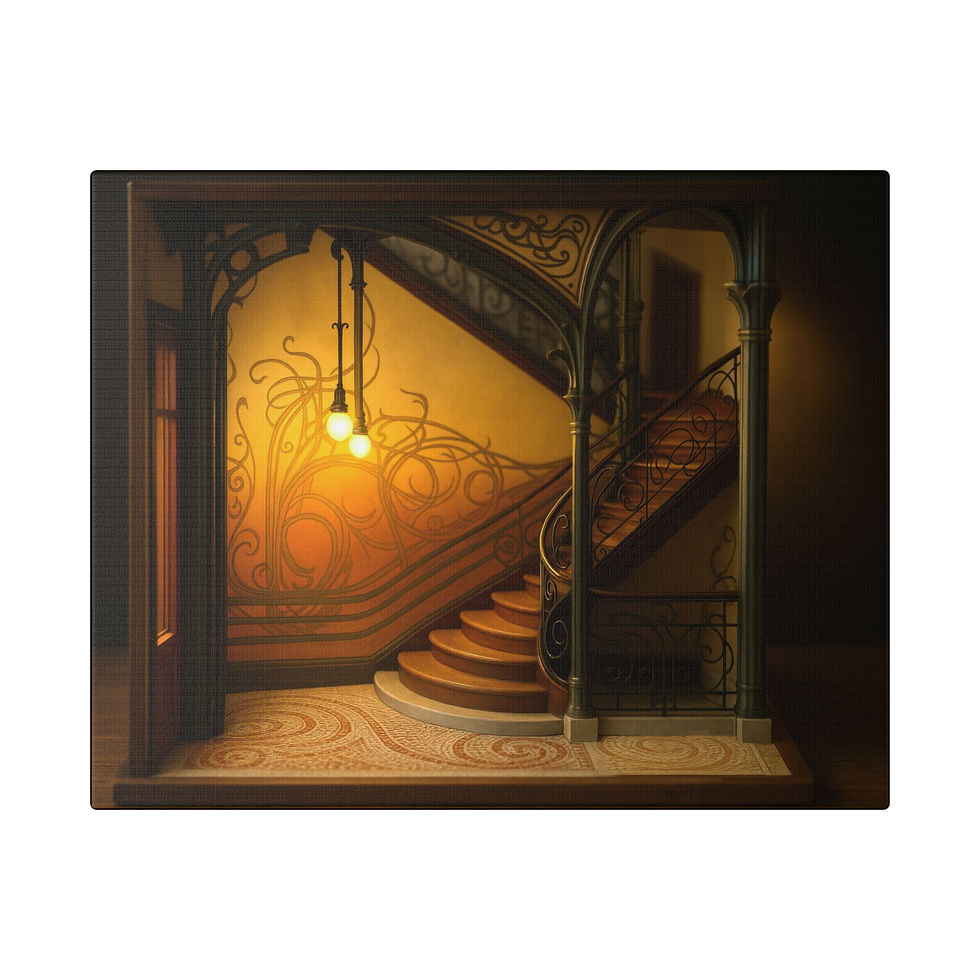


























































































































































































































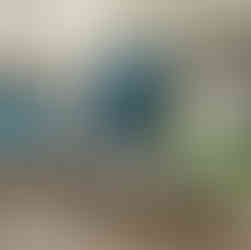




































































































































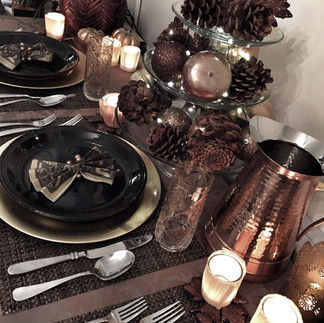

































































































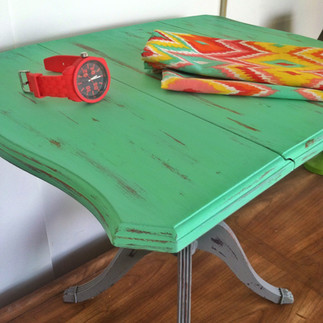





































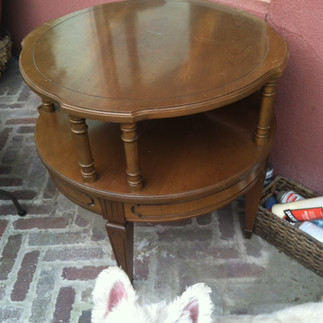



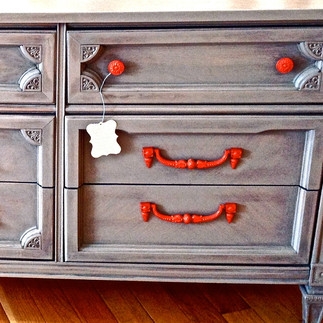















































































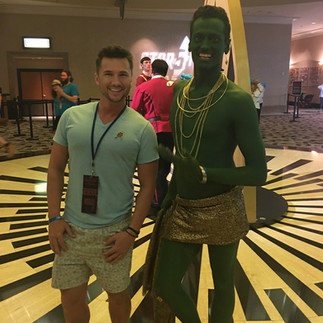































































































Comments